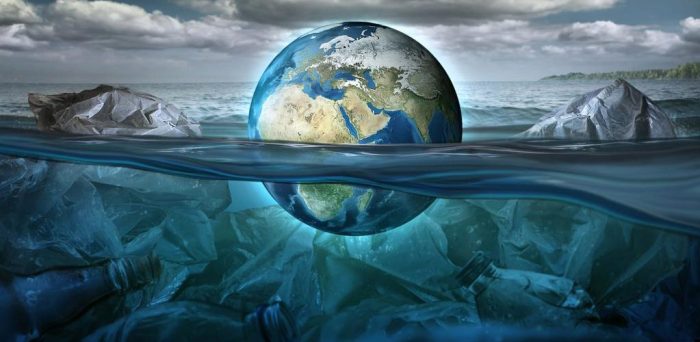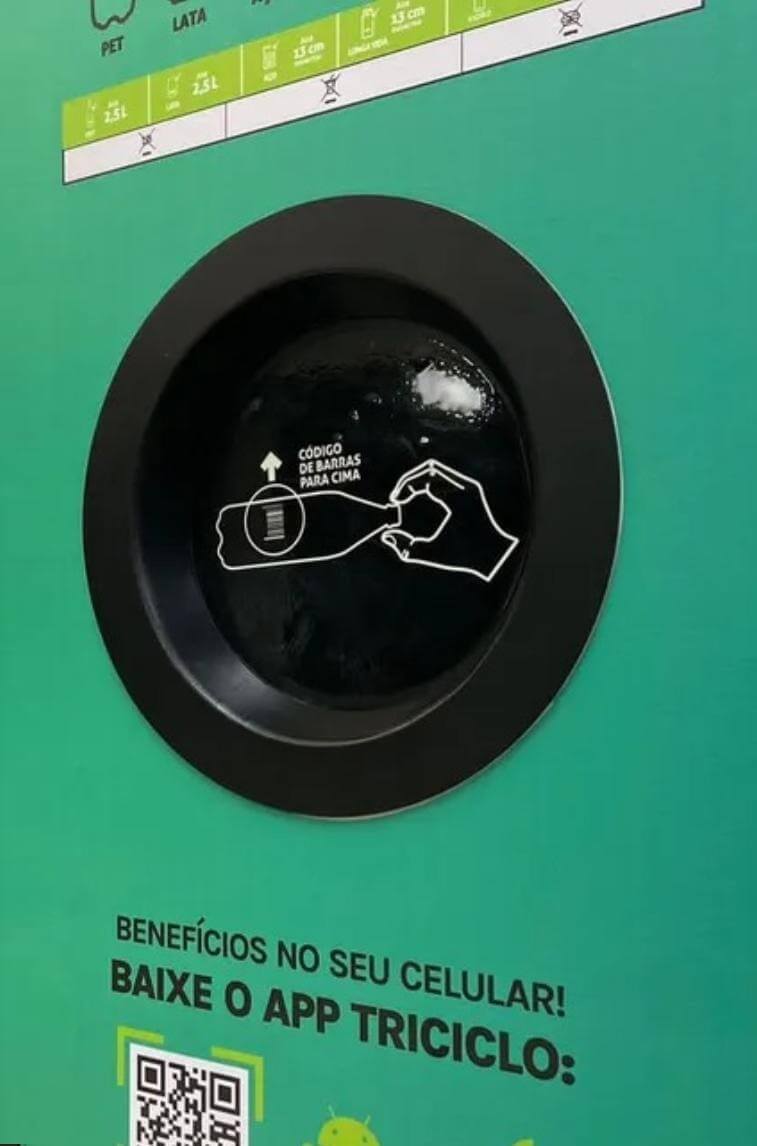Eight million tons of plastic end up in the oceans

By Writing Team
Posted in February 1, 2024

Plastic is a material that is very present in the daily lives of people around the world. PET bottles, bags, straws, cups, various packaging, and even the masks that have been so used in recent years.
Hence a need for awareness and the implementation of new consumption habits to reduce plastic pollution in the oceans.
Consequences
According to data from the United Nations (UN), eight million tons of plastic end up in the oceans. The institution says that if the pace of consumption continues in 2050 there may be more plastic than fish in the ocean.
But it doesn’t stop there, According to the United Nations Environmental Program (UNEP): 90% of all ocean debris is made up of plastic, and there are 46,000 plastic fragments in every 2.5 square kilometers of the surface of these environments.
This pollution causes damage to marine life, animals confuse some of these materials with food and end up feeding, getting sick, and dying. Contributing to the extinction of several species.
In addition to the biodiversity of animals and marine biomes, these residues and particles are increasingly present in the daily lives of human beings.
According to research carried out by Dutch scientists, the presence of microplastics in human blood has already been detected. The material had previously been found in feces and even in human organs, but never before in the bloodstream.
The study was published in the scientific journal Environment International.
Brazil is the sixth country that discards the most plastic in the oceans
According to a study by Our World in Data originally published in the journal Science Advances. The Philippines is responsible for more than a third of plastics that are dumped in the oceans, then we see other Asian countries on the list: India (12.92%), Malaysia (7.46%), China (7.22%), and Indonesia (5.75%). In sixth place on the list appears Brazil (almost 3.86%), the only American on the list, followed by three other Asian countries: Vietnam (almost 2.88%), Bangladesh (2.52%) and Thailand (2. 33%).
Globally, 11 million tonnes of plastic waste ends up in the oceans each year. This is one of the main threats facing the seas, along with global warming, overfishing, and oil spills.
How does all this plastic end up in the oceans?
Undoubtedly, unbridled consumption combined with incorrect disposal. In several studies, ghost fishing is identified as the main source of direct contamination of the oceans by plastic.
However, the industry is also directly responsible, the plastic microspheres present in cosmetics, illegal leaks, washing synthetic fiber clothes, and the incorrect disposal of acrylic paints also appear as relevant causes for this great pollution.
All these residues that are not known by the majority of the population are destined for ocean waters, in addition to the materials already known, such as PET, straws, cups, bags, etc.
Solutions and alternatives to combat plastic pollution in the oceans
We know that this problem is the result of a complex system, which ranges from the manufacture of non-biodegradable products to unbridled consumption and irregular disposal.
To reduce the amount of plastics that end up in the oceans, joint efforts and awareness campaigns are needed, so that people do not use unnecessary products and packaging. Increasingly reducing quantities.
Industry and companies must adhere to programs that encourage the correct disposal of waste, implement the purchase of recyclable materials, and understand more about why this action is beneficial: Why buy recyclable materials?

